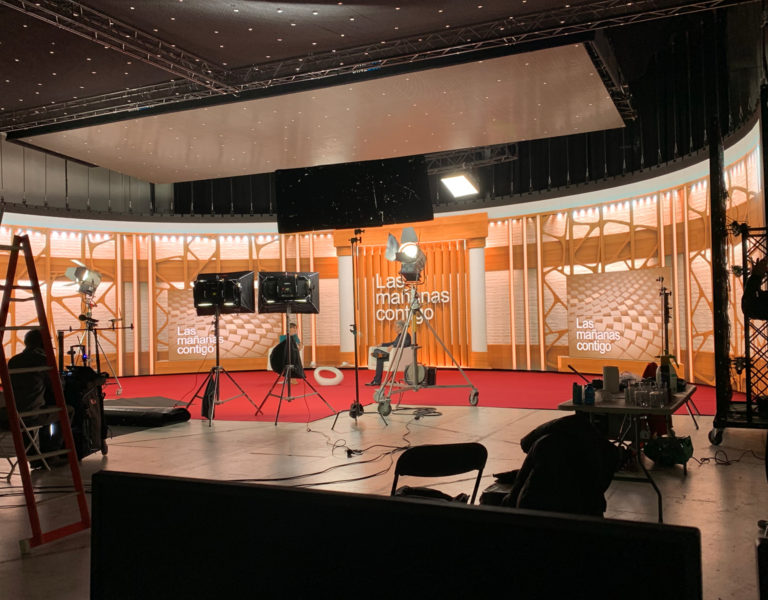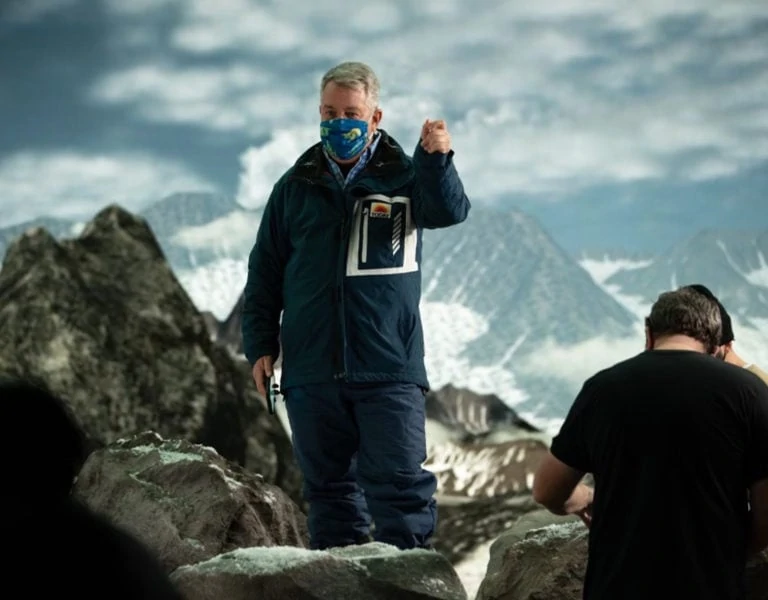Essi Hyrkki leant into a naturalistic, documentary-style visual storytelling when crafting her NFTS graduate film Latcho Drom.
Latcho Drom is a subtle, poetic film about three Romani brothers and their struggle to move on after the death of their father.
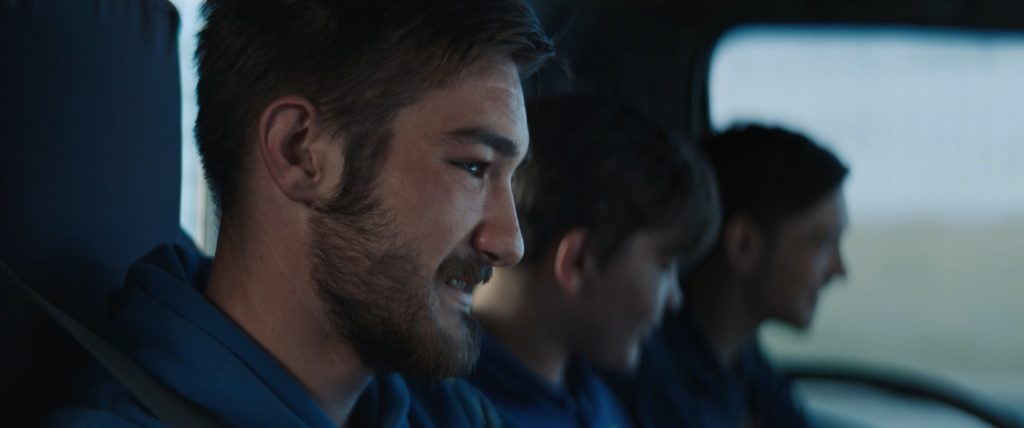
British Cinematographer (BC): Why did you decide to study cinematography? Please tell us a little bit about your filmmaking journey so far, as well as your influences and inspirations.
Essi Hyrkki (EH): When I was a child, my biggest dream was to become an actor but after watching Requiem for a Dream at the age of 12, I was so impressed by the cinematography of Matthew Libatique ASC that it made me realise the importance of cinematography. The way he is able to manipulate the audience’s emotions through visual storytelling is extremely inspiring and fascinating. And it’s this approach to cinematography that continues to be a constant source of inspiration for me, that it’s not just about creating visually pleasing images, but something deeper. I want to connect the audience and share the experience of the characters on screen.
I’m originally from Finland and have spent ten years honing my craft in the Finnish industry, mainly as a camera assistant. Now, having transitioned my career as a cinematographer, I’ve had the opportunity to shoot various narrative, music and commercial projects including one indie feature.
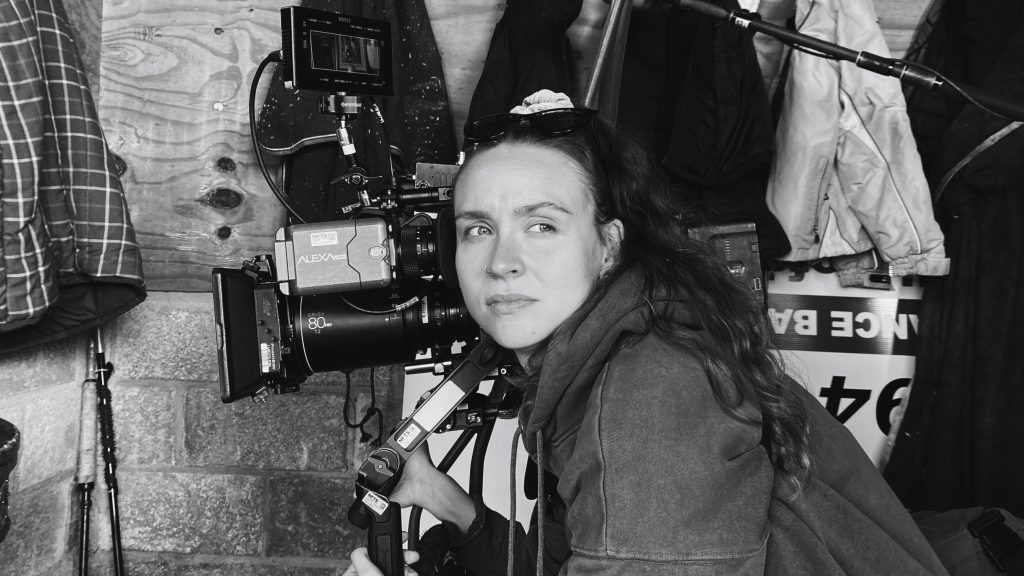
BC: What were your initial discussions with director Lottie Graham about the visual approach for your film? What look and mood were you trying to achieve?
EH: From the very beginning, my director Lottie and I visualised the film to be very naturalistic, leaning into the natural light and embracing the beautiful, rural environment with wide fields and horses. Lottie wanted to be able to improvise with the actors so we decided to lean into a more documentary style.
We had some challenges in our pre-production and Lottie had to re-write a new script a week before our shoot. She was able to create a beautiful story around our main actor, Sonnyboy Skelton and his two younger brothers, Buddy and Badger Skelton. She also managed to place the story in a location we had already secured for the original script and we were able to keep the visual language somewhat the same with the new story.
BC: What were your creative references and inspirations for your film? Which films, still photography or paintings were you influenced by?
EH: Early on in pre-production, Lottie introduced me to Chloé Zhao’s film The Rider, shot by the DP Joshua James Richards. We both really enjoyed the simplistic aesthetic of the film, with its grand landscapes and beautiful tone which played a key influence for us while shooting, as both our film and The Rider shared a similar setting out in nature. Additionally, we were also influenced by the style of shots from old Hollywood Westerns, but instead of the controlled way these Westerns were shot, we wanted to approach it in a more organic way, creating more of a documentary feel.
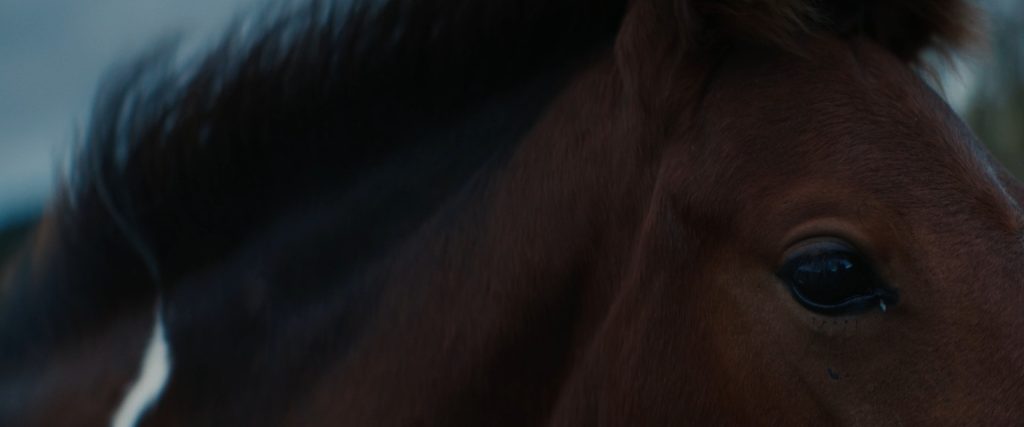
BC: What filming locations were used? Were any sets constructed?
EH: Our production manager, Chris Rej, found a perfect location for us near the school with a couple of existing trailers and stunning country landscapes. The owner of the location kindly let us use the trailers and our production designer Hugo Dell was able to dress one of them a couple of days before our shoot. In addition to this location, we also shot our driving scenes for one day at our school’s LED volume wall, where we used digital backdrops to simulate the movement of the car.
BC: What camera and lenses did you choose and why? What made them suitable for this production and the look you were trying to achieve?
EH: In our search for a visual style that balances high definition and a controlled mixed with a soft, naturalistic feel, we decided to shoot with the ARRI Alexa Mini paired with anamorphic lenses. This combination allowed us to capture the wide fields we envisioned, enabling the audience to fully experience the scale and depth of the scenery. Additionally, we found that the 2.39 aspect ratio perfectly complemented our desired aesthetic for the trailer.
Panavision London kindly helped us out allowing me to experiment with various anamorphic lenses. I ended up opting for the Atlas Orions for their neutral aesthetic and short close-focus capability, which was essential to me as the trailer was a confined shooting space. What I loved about the Orions was their minimal focus breathing, lightweight design and ease of balance. This made them an ideal choice for the project, especially considering the majority of the film was shot handheld.
Additionally, we incorporated zoom shots using an 25-250mm Angénieux zoom to capture detailed shots of the moon, train, and horses. To achieve this, we swapped from the anamorphic setting to shooting in 3.2K resolution.
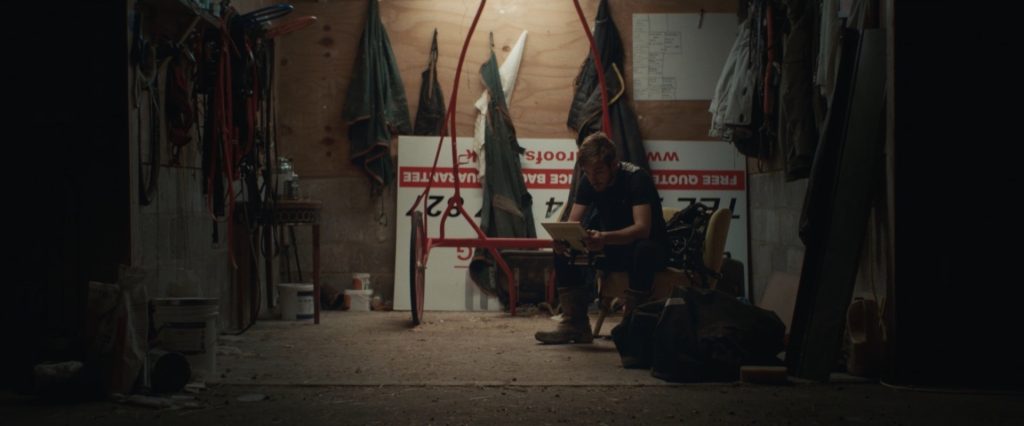
BC: What was your general approach to lighting?
EH: We aimed to fully embrace and utilise the natural light to achieve a highly authentic and realistic look for the film.
When we were shooting the nighttime interiors of the trailer, my goal was that the main source of light was coming from the practicals in the space. To achieve this effectively my gaffer Joe Dabbs utilised LiteMats in the space motivating the practicals so that I was able to create more detailed shape and contrast.
During the scene featuring the brothers by a fire, we strategically placed Astera tubes behind them, set to a fire mode, to effectively separate them from the dark sky backdrop.
BC: What was the trickiest scene to light?
EH: Having the story evolve from the initial script, Latcho Drom presented us with a new set of challenges we had to tackle in a short time. Among these challenges were driving scenes that were not initially part of the script.
Unable to secure a suitable location for the shoot, we made the decision to shoot at our school’s LED volume wall instead. I was lucky enough to have the legendary Larry Prinz to come and gaffer for me on this day. Bringing authenticity to the driving scenes was a tricky task, but with Larry’s expert guidance, we were able to create a believable alternative to shooting on location.
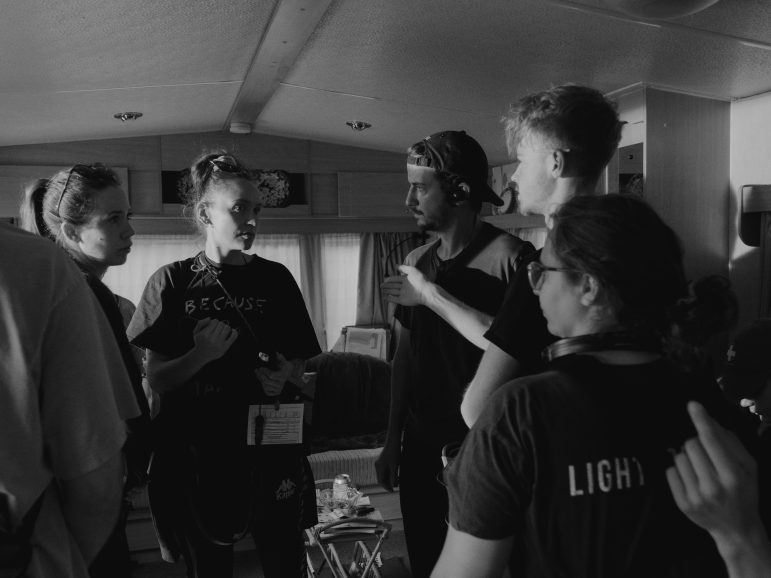
BC: Who did the grade and what look did you want to achieve?
EH: Karolina Matela was our colourist for the project, and her exceptional work included seamlessly matching the shots captured from both the Angénieux lenses and the Atlas Orions. During the shoot, we had already established a distinct visual style and Karolina enhanced the film’s consistency and cohesion through her meticulous grading.
BC: What is your proudest moment from the production process?
EH: I’m immensely proud of the beautiful film we’ve been able to create, especially considering the hurdles we encountered before shooting began. Despite the stress of the script being altered, we managed to keep a calm, creative, and trusting atmosphere on set.
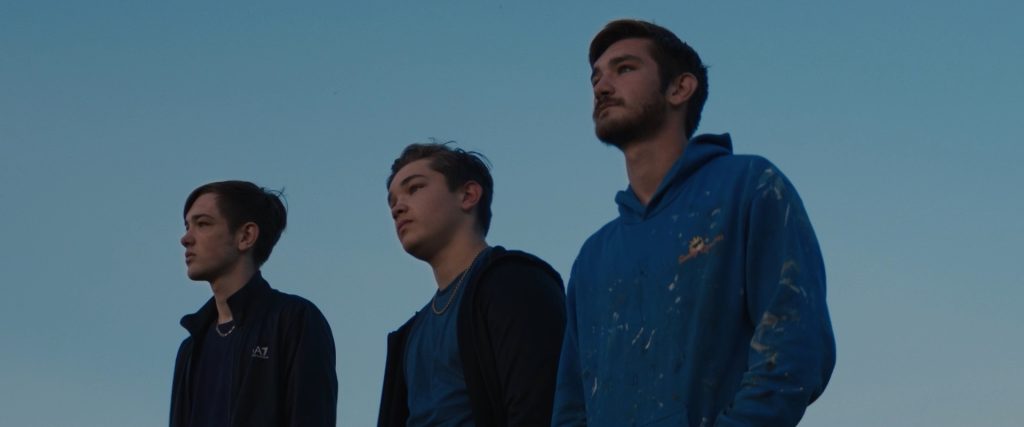
BC: What lessons did you learn from this production that you’ll take with you onto future productions?
EH: I definitely learned how important it is to stay calm, keep a creative mindset and truly trust my instincts.
BC: What would be your dream project as a cinematographer?
EH: It’s difficult to pinpoint just one dream project, but my dream is to continue collaborating on creative, brave and strong stories with directors who share my passion for the craft and embrace the freedom to experiment freely.
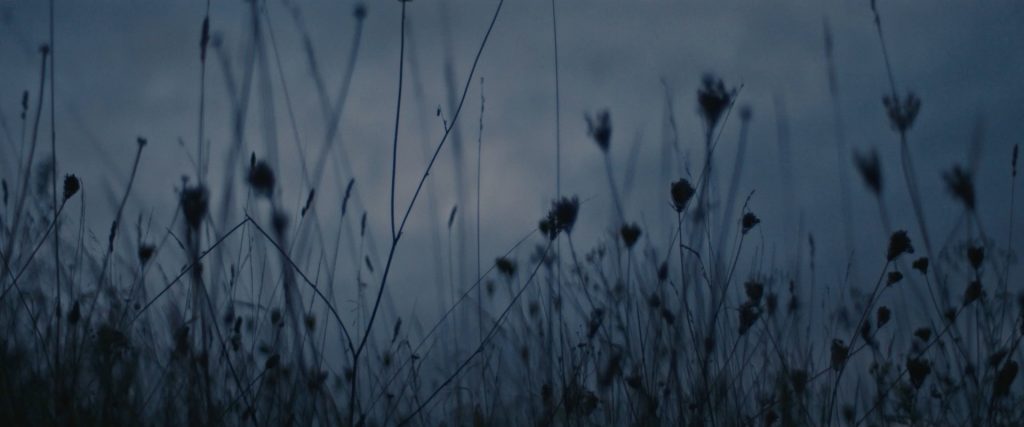
BC: Is there anyone not yet mentioned that you’d like to highlight?
EH: I want to thank my camera crew, first AC and additional camera operator Oscar Rutishauser-Mills, second AC Alyson Thompson, additional first/second AC Josh Wooster and my gaffer Joe Dabbs for all the love, always being by my side and helping to make the shoot as smooth as possible.
Also thank you Elena Nassati for being the gaffer on the pickup day and all the sparks, Arjun Vell Cattaree, Deborah Oluwa-Lajuwomi, Joey-Philippe Dali, Dan Burgess and Fabio Contreras. And thank you Alastair Searles and Ralph Simmons for pulling focus on the pickup day.
Lastly, I want to say how grateful I am to my director Lottie Graham for all the trust and for letting me be a part of this beautiful story. Collaborating with her is always such a pleasure.
Read the rest of our series spotlighting the NFTS’ 2024 cinematography cohort.

